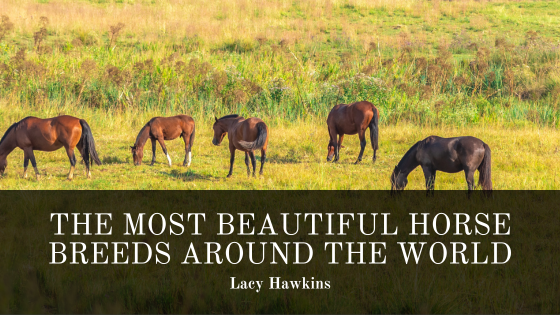In our enduring companionship with horses, a symphony of beauty and strength has unfolded, showcasing over 600 distinct breeds worldwide. From the enchanting Friesian, with its medieval lineage, to the spirited Arabian, dating back to 3,000 BC, each breed narrates a tale of nobility, power, and grace.
Topping the list of captivating equine beauty is the Friesian, native to the Netherlands. These striking creatures, with their lustrous black coats and flowing manes, once bore medieval knights into battle and graced European royalty’s carriages. Resilient and elegant, they faced near-extinction but rebounded triumphantly after World War II.
Holding an equally venerable heritage, the Arabian horse emerged from the Arabian Peninsula’s nomadic Beduin tribe, refining its features over 5,000 years. Renowned for stamina, Arabians shine in endurance sports and have left an indelible mark on modern breeds through their bloodlines.
The Akhal-Teke, a shimmering golden marvel from Turkmenistan, boasts a coat that glows like precious metal. With an ancient lineage spanning over 3,000 years, these horses, numbering around 6,600 globally, showcase a unique coat structure that creates their mesmerizing metallic sheen.
Spain’s gift to equestrian allure, the Andalusian, with its baroque allure, has stood the test of time since the 15th century. Recognizable by their thick manes and tails, Andalusians influenced breeds globally, even escaping to become the wild Mustangs of the New World.
Nestled in the Alpine landscapes of Austria and Northern Italy, the Haflinger, with its chestnut hue and flaxen mane, embodies versatility. Originally designed for forestry and agriculture, these sure-footed companions, serving even in the Austrian Army, now find purpose in equine-assisted therapy.
Harking back to French warhorses, the Percheron, infused with Arabian blood, showcases agility in its massive frame. With origins in Western France’s Perche province, these black or white giants excel in all forms of draft work, even contributing to the breeding of champion dressage and show jumping horses.
From the imperial stables of the Austrian Empire, the Lipizzaner emerges as a symbol of classical dressage excellence. Born black, they mature into a graceful light grey, captivating audiences with their prowess in dressage, show jumping, and eventing.
Venturing to North-Western India, the Marwari enchants with its inward-curving ears and historic association with Indian royalty. Known for bravery and athletic prowess, the Marwari remains a symbol of nobility and grace.
Gypsy Vanners, with their black-and-white coats and distinctive feathering, bring a touch of magic to the British Isles. Bred by the Romani since World War II, these gentle giants serve as cherished companions and even participate in amateur competitions.
Danish elegance finds expression in the Knabstrupper, known for its captivating spotted coat. Originating from a chestnut mare in the early 19th century, Knabstruppers, often seen in circus acts, add a touch of whimsy to the equestrian world.
Germany’s Black Forest yields the enchanting Black Forest Horse, renowned for its chestnut hue and flaxen mane. Revered for patience and gentle temperament, these all-rounders thrive in riding and driving, embodying the spirit of the forest from which they hail.
Finally, the Clydesdale, with its flowing feathers and docile nature, emerges from the Clyde river valley in Scotland. A symbol of agricultural prowess, they traverse continents, captivating hearts with their magnificence in agriculture, forestry, and equestrian shows.
In the tapestry of horse breeds, each strand weaves a story of enduring beauty, strength, and the timeless bond between humans and these majestic creatures.
